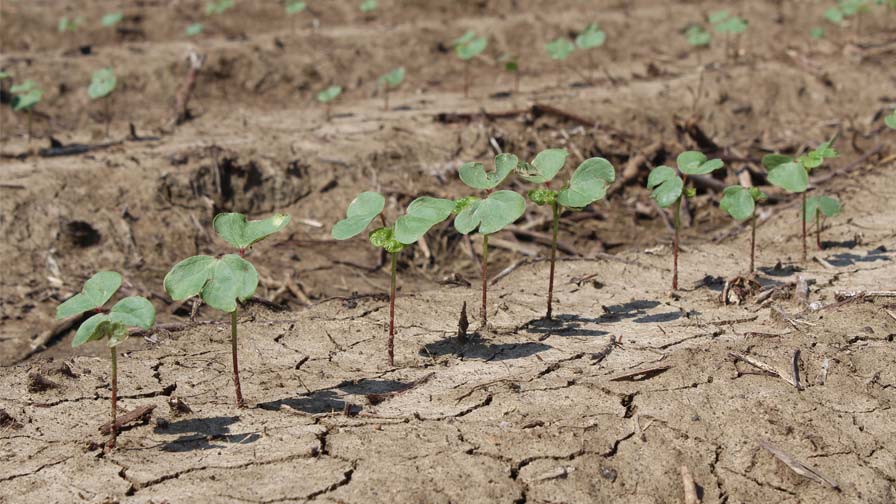Shurley: Have the Fundamentals and Outlook Changed?
A lot has happened in recent weeks. Let’s recap some of the major supply/demand and other market factors:
- USDA’s Prospective Plantings report estimates that farmers intend to plant 12.234 million acres of cotton this year – up 9% from last year.
- The drought conditions in west Texas and Oklahoma continue to worsen and are increasingly a market factor.
- U.S. cotton export sales and shipments have been a little erratic (which is typical and not necessarily a concern) but mostly very good in recent weeks.
- USDA’s monthly supply/demand numbers for April are considered neutral to slightly bearish.
Acreage and Production. The increase in acres planted has not caused the market concern. An increase was expected, and the 12.23 number was in line with expectations. Drought conditions should help keep the market supported. Also – and I doubt the market knows enough yet to take into consideration – there needs to be concern about the cost of inputs and how that might impact production practices. This, IMHO, creates additional yield uncertainty.
Exports. For the most recent four weeks, sales have averaged 259,000 bales per week (equivalent USDA statistical 480-lb bale), and shipments have averaged 410,000 bales. Shipments to date are 7.6 million bales. Shipments need to average approximately 420,000 bales per week for the remainder of the marketing year to reach USDA’s projection of 14.75 million bales for the year. We are not averaging quite that pace, but two of the past four weeks have been above that.
U.S. and World Supply/Demand. U.S. numbers were unchanged from the March estimates. There had been some thought that USDA might raise its export projection, but not yet and the numbers validate that it’s early for that. In fact, imports (reduced 300,000 bales) and use (reduced 500,000 bales) were lowered for China. It is reported that China is going through a resurgence of COVID-19 which is impacting businesses, including its ports. This is something the market will want to keep a close eye on with regard to World Use and impact on U.S. export sales and shipments.
New Crop Prices and Outlook. The “spread” between old crop and new crop has narrowed. This means old crop has lost ground or new crop has gained ground. On March 30, when old crop May hit its peak, the spread was 27.4 cents. Today, new crop December has now set a new high four of the past six days, and that spread is now only 17.59 cents. Old crop May, prior to today’s nice jump, had closed down six of the previous seven days.
December seems to have its eye on $1.20. December closed today (Apr. 11) at just shy of $1.18. Old crop May was in the $1.20 area (+/- a couple of cents) for over two months. So, $1.20 being a “target” for new crop December makes sense if that’s where fundamentals and other factors dictate.
Marketing decisions are especially tough and crucial for this 2022 crop. With costs being so high, every penny in price is important. If you’re a 1,000-acre grower making an average yield of 900 lbs./acre, 15 cents in price is like leaving $135,000 on the table. That hurts.
Unfortunately, there are no easy answers. Unless you’re going to use Put Options or follow up a fixed price contract with a Call Option, I know of no good and easy way to set a floor of protection but leave the upside open. And Options are expensive. Otherwise, you have to just pick your timing and price portions of the crop as we proceed before and after harvest and hope to achieve a good and high average price.









